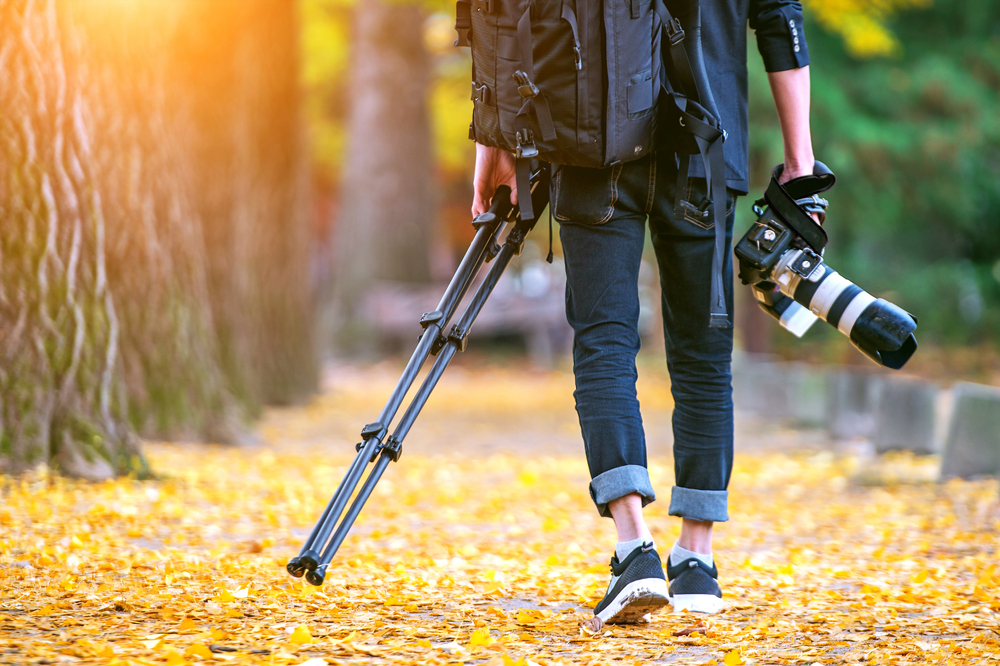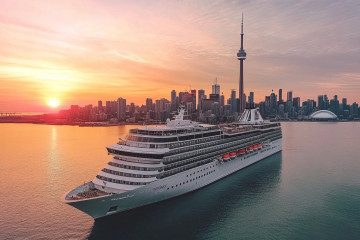A tripod is an essential part of an arsenal carried by any travel and nature photographer so you need to make sure you have the right one.
The basic function of a tripod
First, let’s quickly examine what a tripod will do for us. First and foremost, it supports our camera, attached lens, and some of the other gear, like a flash unit, etc. It helps us position our camera at an odd angle at times. It helps us get higher than our typical shooting stance, and get lower at times for macro work. The most appropriate tripod for you will depend on your shooting style and choice of subject matter. There is not one tripod out there that is better with every subject matter; on the contrary, many tripods are specialist.
So, what areas should your tripod excel to be useful for outdoors shooting?
If you are planning to shoot nature, there are certain aspects of the outdoors which your tripod will have to endure, which it would not, if it was used indoors.
1. Moisture is an enemy of photography gear. If you plan to shoot landscapes in the wilderness, wild animals, birds, etc., your camera and you will end up in some wet environments. As such, you have to make sure that your tripod choice reflects this fact. Many manufacturers build tripods specifically meant for the outdoors, and they are built to be moisture resistant if not proof.
2. The terrain is always a concern outdoors. A good tripod should have spiked feet, simply because you will often end up on loose soil, dirt, and other surfaces that will be uneven, and require sharp spikes to secure the tripod, and attached gear. You can buy spare spiked feet from manufacturers if you don’t have any.
3. The load is a very important aspect to consider. How heavy is your camera and your heaviest lens? Are you planning on getting larger heavier lenses in the future? While it is tough to predict, always try to plan ahead. Your choice of a tripod will reflect your future purchases. Always, make sure your tripod has at least 30% of capacity for future upgrades to your equipment. If you plan to shoot wildlife, you will have some really heavy lenses, and a tripod will have to support them and allow you to pan smoothly when shooting animals in action.
4. Weight is probably the main determining factor in your purchase. Remember, when you travel and explore, you will have your tripod with you, and depending upon how much walking you do, the weight of your tripod will be more or less important to you. However, always aim for the highest ratio of weight to load. In other words, look for lightest tripod rated for highest weight. Outdoors are often rough environments and every pound counts.
5. The flexibility of shooting positions is important when you change subject matter on the fly. If you are like me, you will shoot macro, landscapes, panoramas, and perhaps even some animals, depending on the time of day and weather. If so, a flexible centre column is a must feature. Look for a tripod which allows for multiple positions of the centre column. A tripod should allow you to get low, and have more than one-foot angle. The best tripods for this job will offer up to three different angles for the feet, which will allow you to get very low if need be, to shoot flowers, insects, etc.
How much money?
Choosing a tripod is not easy. Some manufacturers do make things easier and group them into specialities, like outdoors, studio use, etc. Do as much research as you can, because there is no one ideal model that suits everyone. Remember the old saying: “You get what you pay for”. This is very important when deciding how much you are willing to pay. Keep in mind, a huge budget will not always mean you get the best tripod, but it will mean that you do have more choices.
Do not look for a cheap tripod, which you think may suffice. Your shooting requirements will change, and within a year or two, you will be shopping for another one. Strongly consider carbon fibre as they are lighter than any alloy, more durable, will not bend, and flex under the weight of your gear, and do not rust, corrode, or are adversely affected by moisture. They are more expensive, but without a doubt worth the extra money. Look at this purchase as a long-term investment in photography. After all, your images will only be as good as your shooting ability and your gear



